What began as a novel coronavirus outbreak in late 2019 has now become a complex, ongoing public health challenge. By 2025, scientists and healthcare systems around the world have gained deeper insights into the virus’s behavior, its variants, and the long-term effects of infection. (Image: News18)
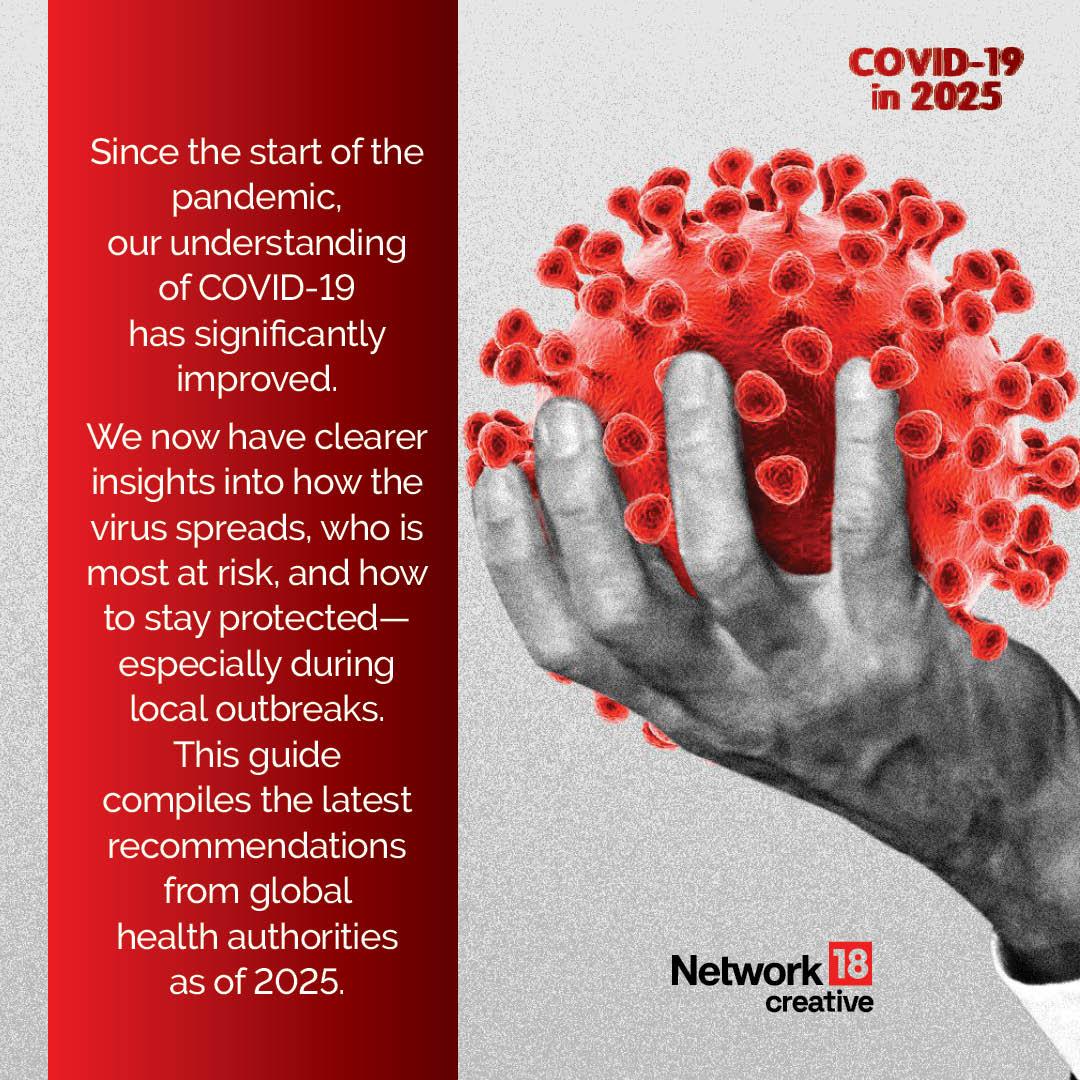
Since the start of the pandemic, our understanding of COVID-19 has significantly improved. (Image: News18)

We now know more about how the virus spreads, who is most at risk, and how to stay protected—especially during local outbreaks. (Image: News18)
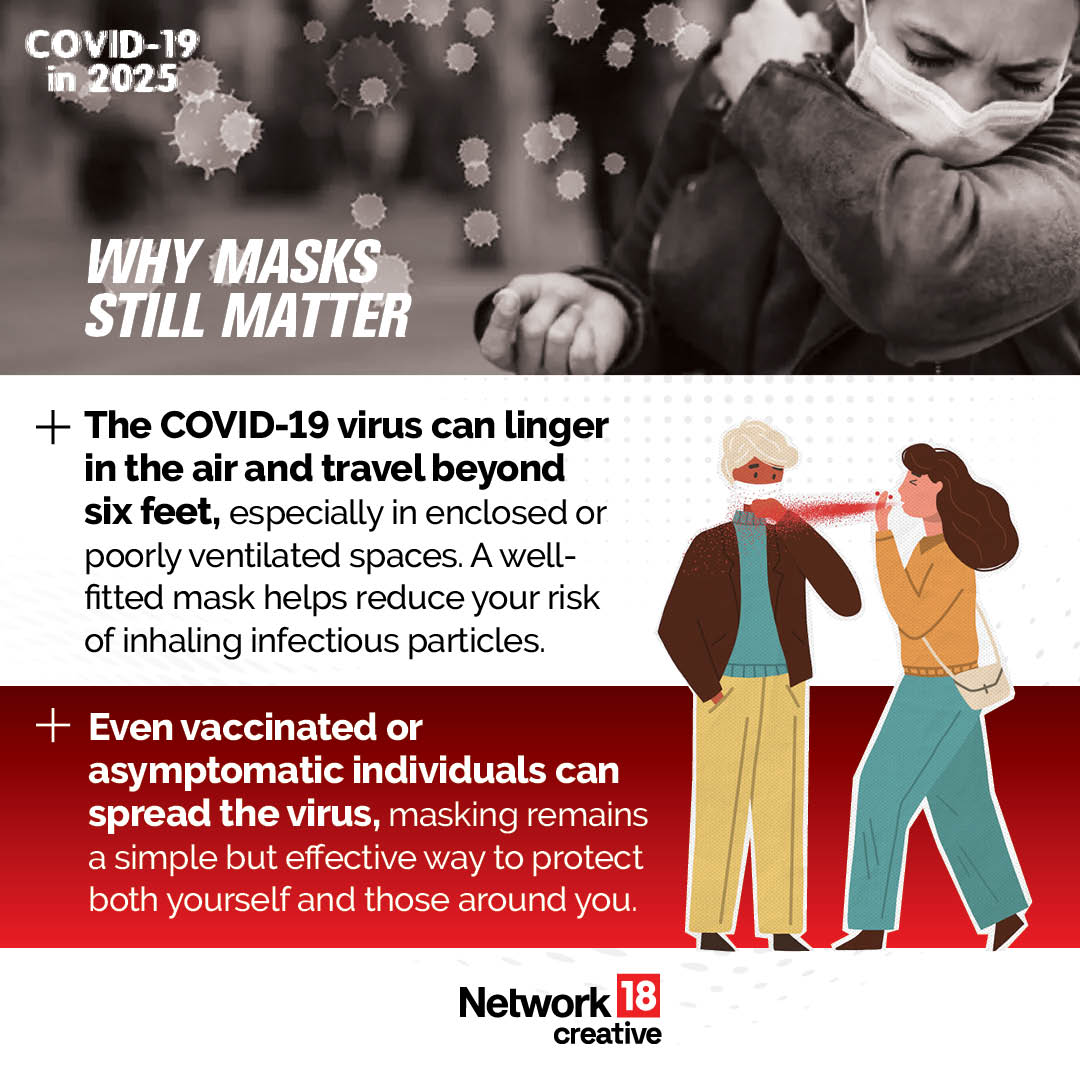
The virus can linger in the air and travel beyond six feet, especially in enclosed or poorly ventilated spaces. (Image: News18)

Basic precautions that still work (Image: News18)
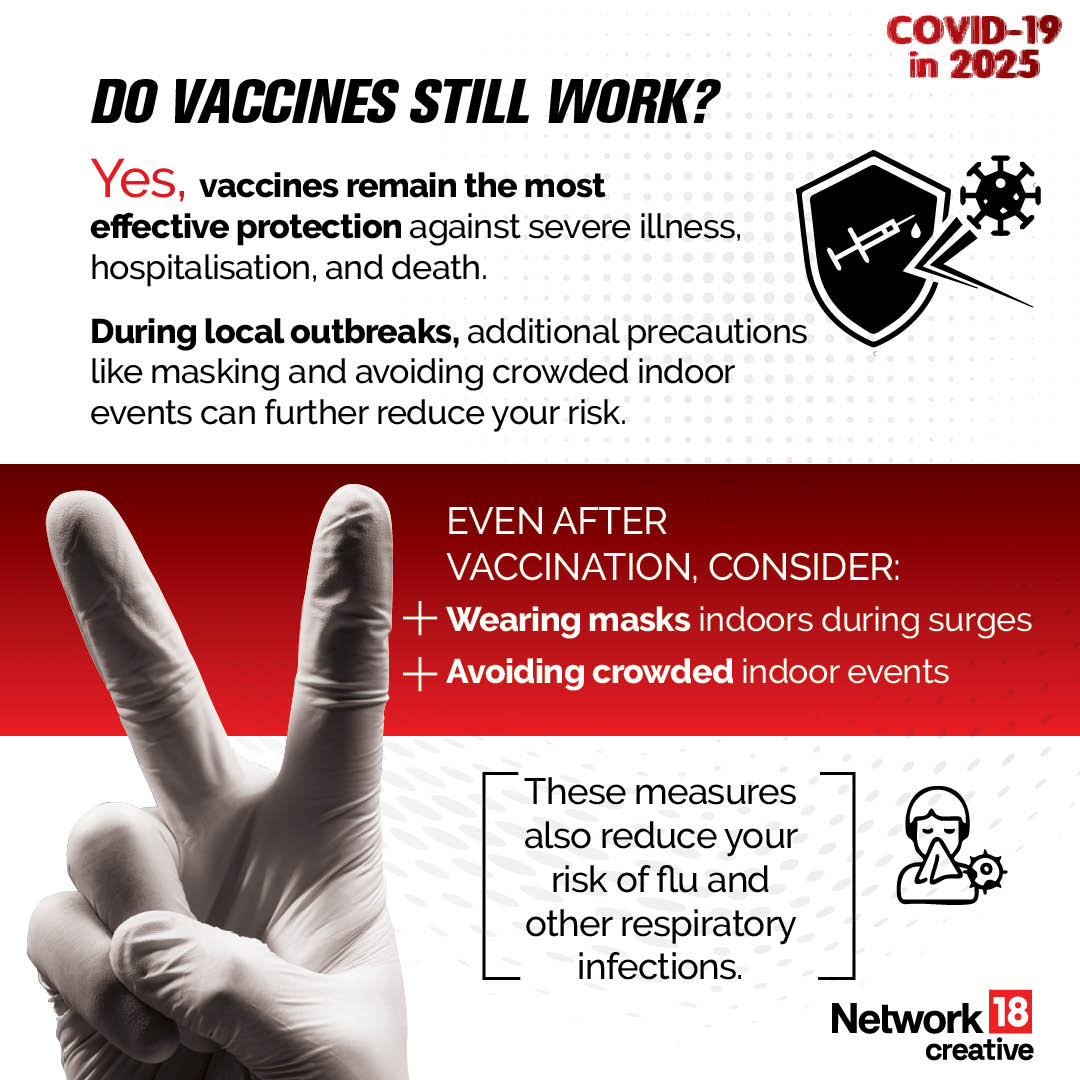
Vaccines remain the most effective protection against severe illness, hospitalization, and death. (Image: News18)
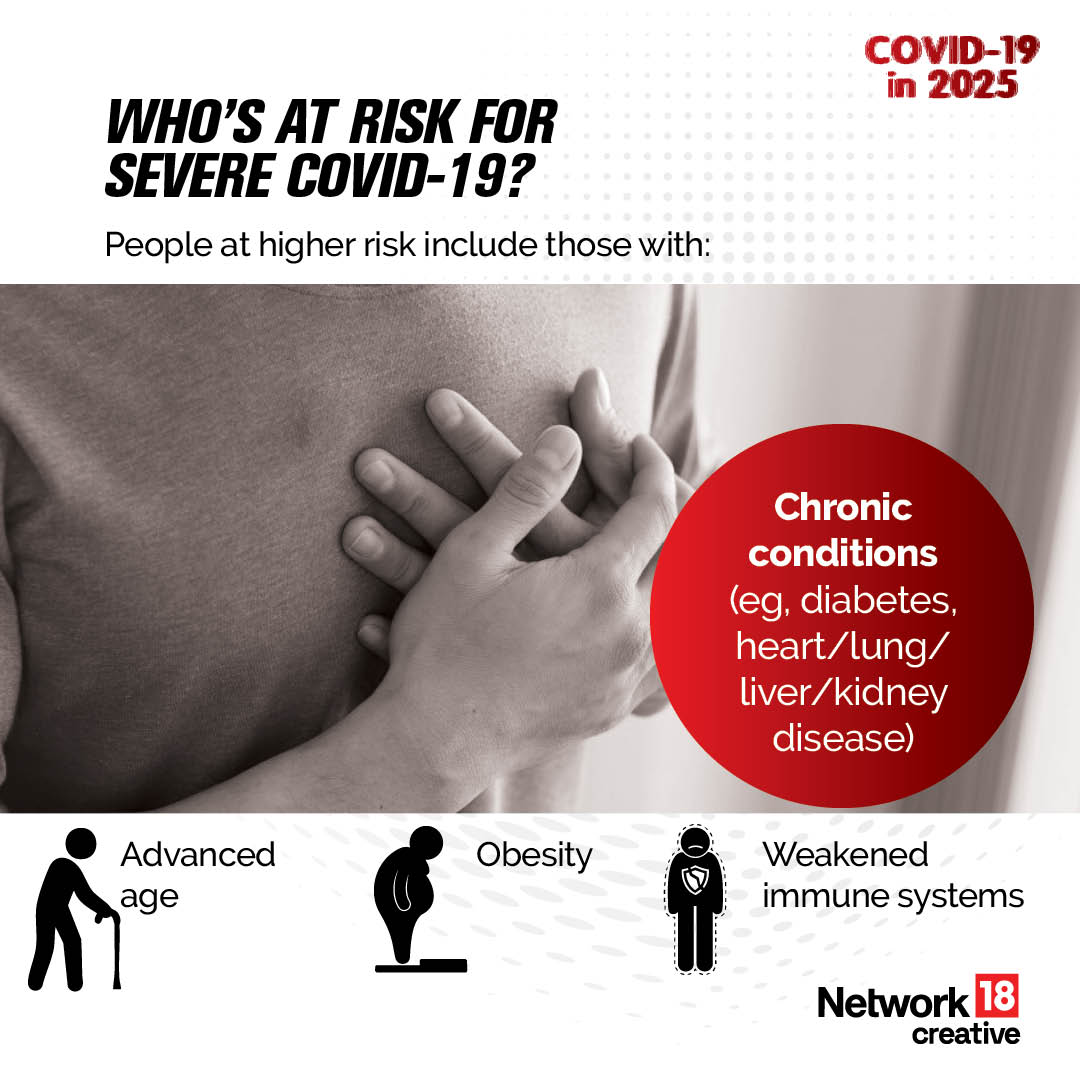
Who’s at risk for severe COVID-19? (Image: News18)

Airborne transmission is primary, but surface hygiene is still advised. (Image: News18)
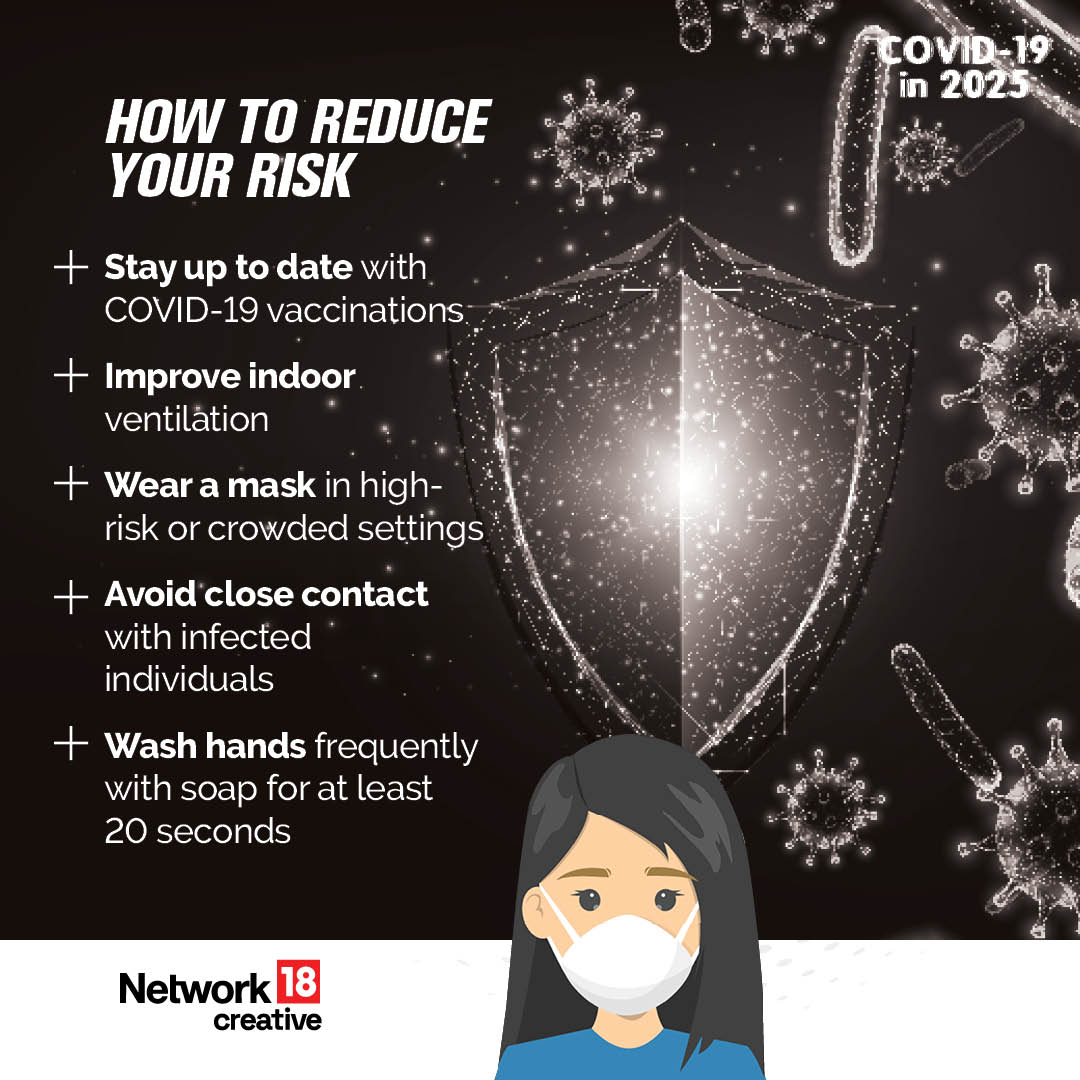
How to reduce your risk. (Image: News18)

COVID-19 vs Flu vs Cold (Image: News18)

(Image: News18)
#COVID19



